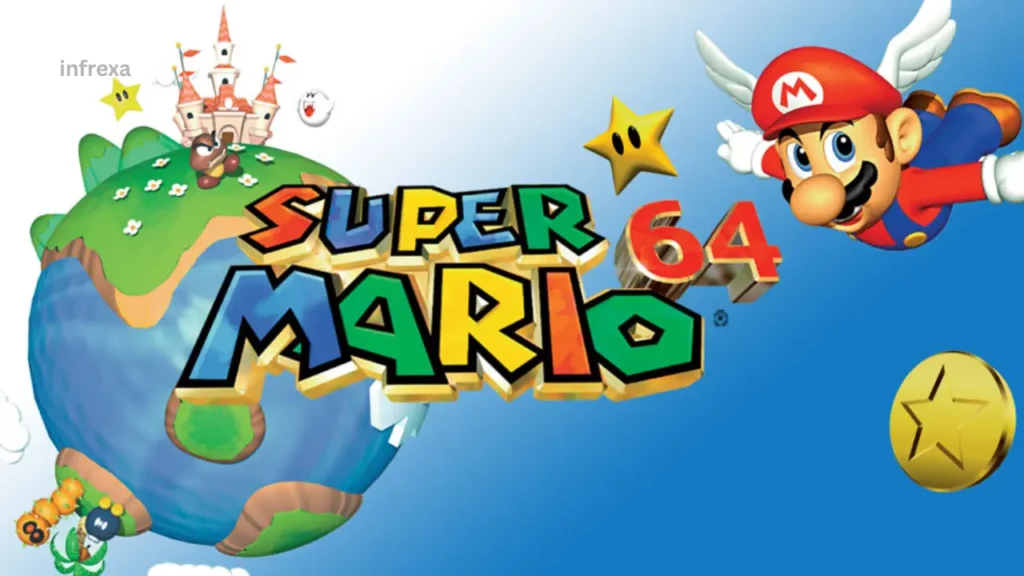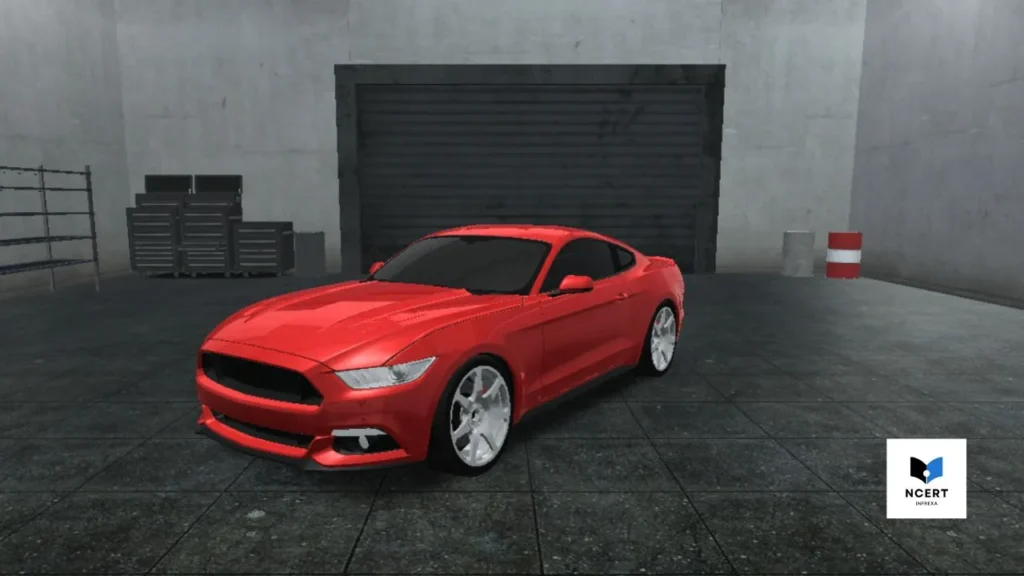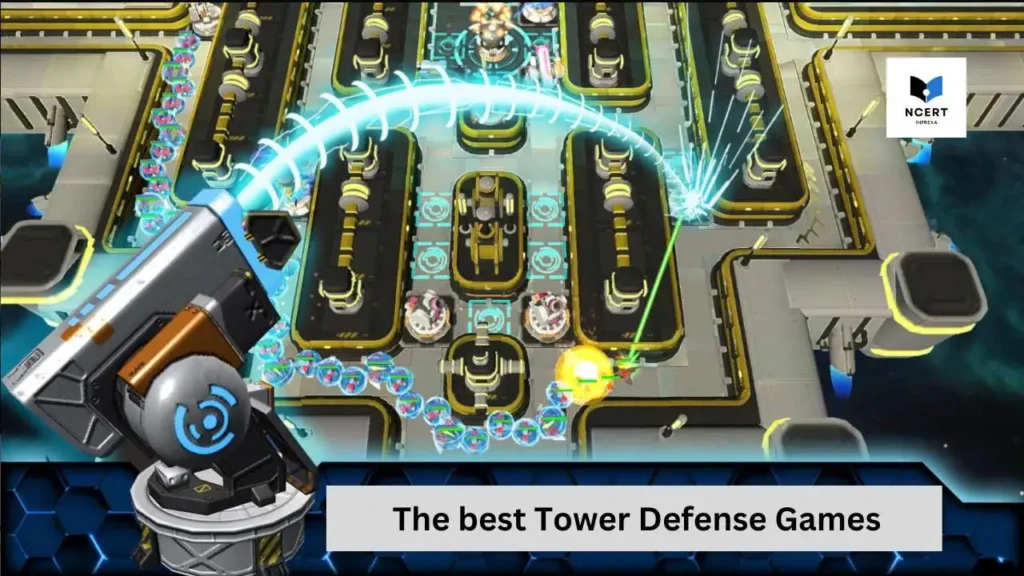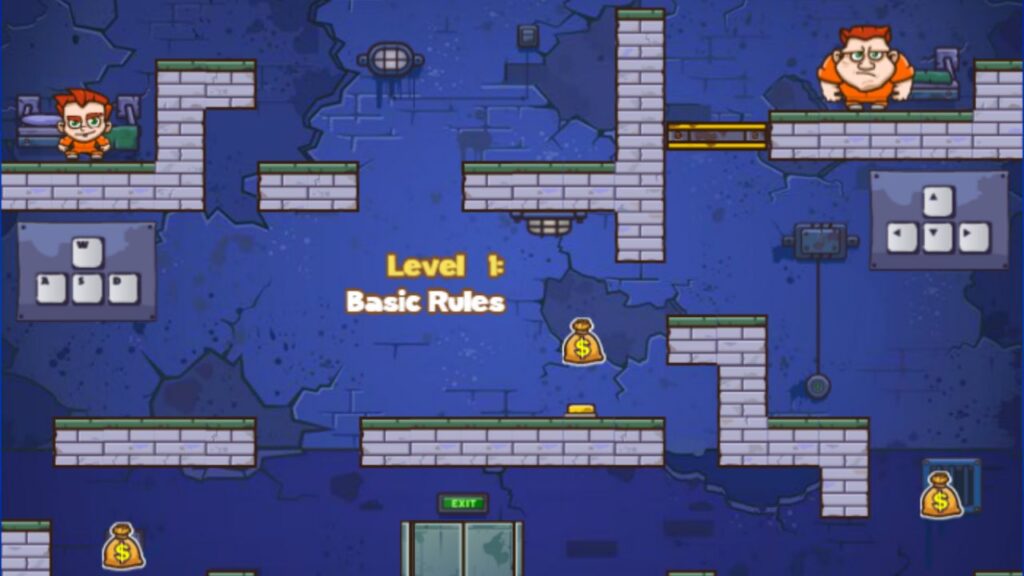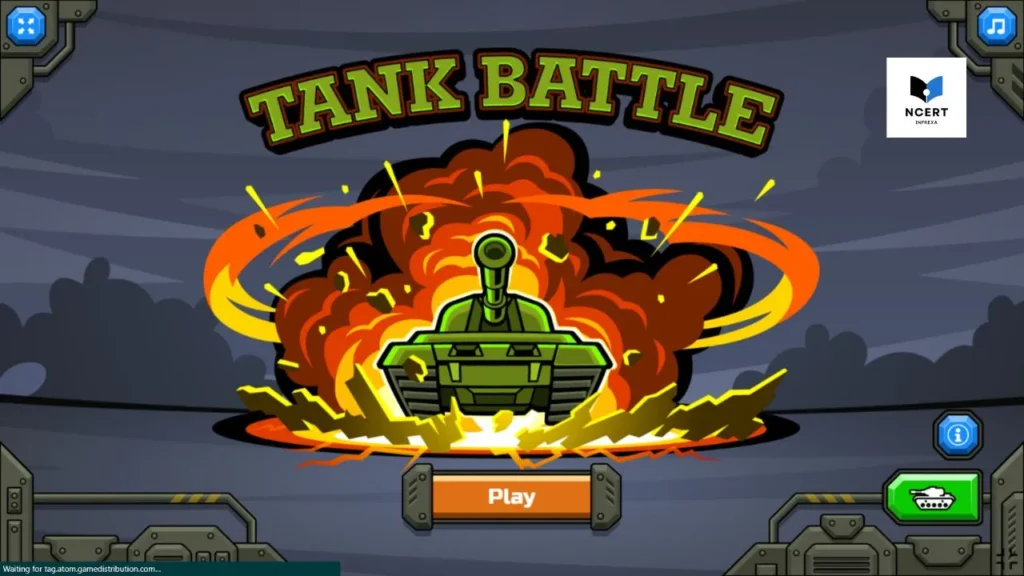Super Mario 64 is often described as the blueprint for 3D platforming. Released in 1996 for the Nintendo 64, it was the first major Mario title to move from 2D into 3D. The game introduced free-roaming movement, a dynamic camera system, and a set of mechanics that gave players unprecedented freedom and precision. Even today, speedrunners, casual fans, and game designers study Super Mario 64 for its innovation and depth.
Mario’s Moveset
What set Super Mario 64 apart was not only its environments, but also how Mario himself controlled. His moveset was designed to feel natural and flexible, rewarding both casual experimentation and high-level mastery.
| Technique | Core N64 Input | Expert Insight |
|---|---|---|
| Triple Jump | Three consecutive A button presses, timed as Mario lands. | The height tool. The challenge lies in maintaining rhythm and momentum without mistiming the last jump. |
| Long Jump | Z-button (Crouch) + A (Jump) while running. | The primary distance tool. Essential for quick traversal and required for advanced route-skipping across wide gaps in levels like Lethal Lava Land. |
| Wall Kick | A (Jump) instantly upon contact with a wall. | Infamous for its precision – the angle must be perfect to gain height. Required to scale vertical areas and access many 100-coin stars. |
| Dive | Z-button (Crouch) in mid-air. | A move that allows Mario to lunge forward, covering ground while maintaining speed. Doubles as a quick recovery if you overshoot a jump. |
| Backflip | Z-button (Crouch) + A (Jump) from a standstill. | Used to instantly access platforms directly above Mario without needing a long runway. |
| Ground Pound | Z-button (Crouch) in mid-air. | A midair slam that can break blocks, defeat tougher enemies, or fine-tune a landing. Gives players a sense of control, especially when overshooting jumps. |
Note: For many first-time players, mastering these mechanics involved trial and error. Missing a triple jump’s rhythm, slipping off snowy cliffs, or fighting the camera while attempting a precise wall kick are common frustrations – but they also highlight how the game encouraged perseverance and learning through failure.
Strategies and Exploration
Unlike its 2D predecessors, Super Mario 64 used open-ended stages where multiple Power Stars could be collected in any order. Each world felt like a playground with puzzles, enemies, and secrets tucked into corners.
- 100-Coin Stars: Every level hides at least 100 coins. Collecting them grants a bonus Power Star, turning coin routes into strategic challenges. Experienced players plan efficient paths through enemies and blocks to optimize coin collection and time.
- Camera Mastery: The camera, operated with the N64’s C-buttons, was revolutionary for its time but remains one of the game’s most divisive mechanics. Adjusting the camera mid-jump or mid-fight is crucial for survival. Even skilled players admit that “fighting the camera” is part of the experience.
- Movement Optimization: Casual players might rely on basic jumps, but experienced players string together dives, wall kicks, and long jumps to cut travel time. Subtle optimizations, like maintaining speed through slopes or chaining wall kicks, elevate play to a higher level.
Over the years, the community discovered countless unintended strategies, like clipping through walls or chaining precise inputs to bypass entire sections. These discoveries became the backbone of the speedrunning culture that keeps the game alive today.
Speedrunning
Super Mario 64 is one of the most speedrun games in history. Its precise controls, combined with glitches and shortcuts, make it endlessly replayable at a competitive level.
- 16-Star Run: Uses major glitches, most famously the “Backwards Long Jump” (BLJ), to rapidly clip through walls and skip large portions of the castle, requiring only 16 stars to beat the game.
- 70-Star Run: A standard category that avoids major sequence-breaking glitches, instead focusing on efficient routing and technical execution of basic movement.
- 120-Star Run: A full-completion category where runners must collect every star, showcasing both technical mastery and stamina across all levels and challenges.
Speedrunning transformed Super Mario 64 into a competitive discipline. Runners spend years perfecting techniques like frame-perfect wall kicks or manipulating the game’s physics for faster movement. Watching top runs feels like seeing the game pushed beyond what developers originally imagined.
Lasting Impact and Modern Availability
SM64’s influence can be felt across nearly every 3D platformer that followed. Its approach to movement, exploration, and camera design became industry standards. Even Super Mario Odyssey carries echoes of SM64, from its open exploration to its reliance on movement mastery. The game remains relevant not just as nostalgia, but as a case study in timeless design.
Today, Super Mario 64 is still playable through several platforms:
- Nintendo Switch Online + Expansion Pack: This is the definitive and official modern source, providing access to the N64 Library on the Nintendo Switch.
- Original cartridges for the Nintendo 64: A collector’s favorite, often pricey but authentic.
- Legacy Virtual Console versions on Wii and Wii U (though digital stores for these systems are now discontinued).
For newcomers, the game may feel clunky compared to modern titles, especially the camera controls. But those who invest time quickly discover why it’s still celebrated – the freedom, challenge, and creativity are unmatched.
Final Thoughts
Super Mario 64 isn’t just a classic game; it’s a foundation for how 3D worlds are built and explored. Whether you’re a first-timer struggling with wall kicks or a seasoned player shaving seconds off a speedrun, the game offers layers of depth that continue to surprise. It’s both a product of its era and a timeless masterpiece, one that rewards curiosity, persistence, and mastery. More than two decades later, Super Mario 64 remains one of the purest expressions of “play” in gaming history.


